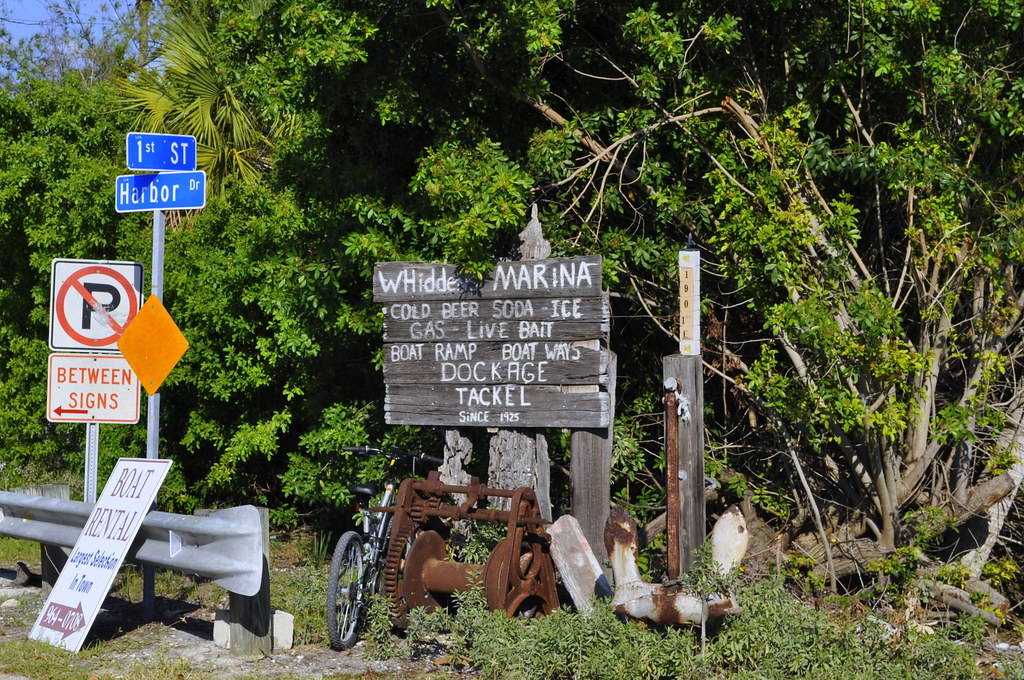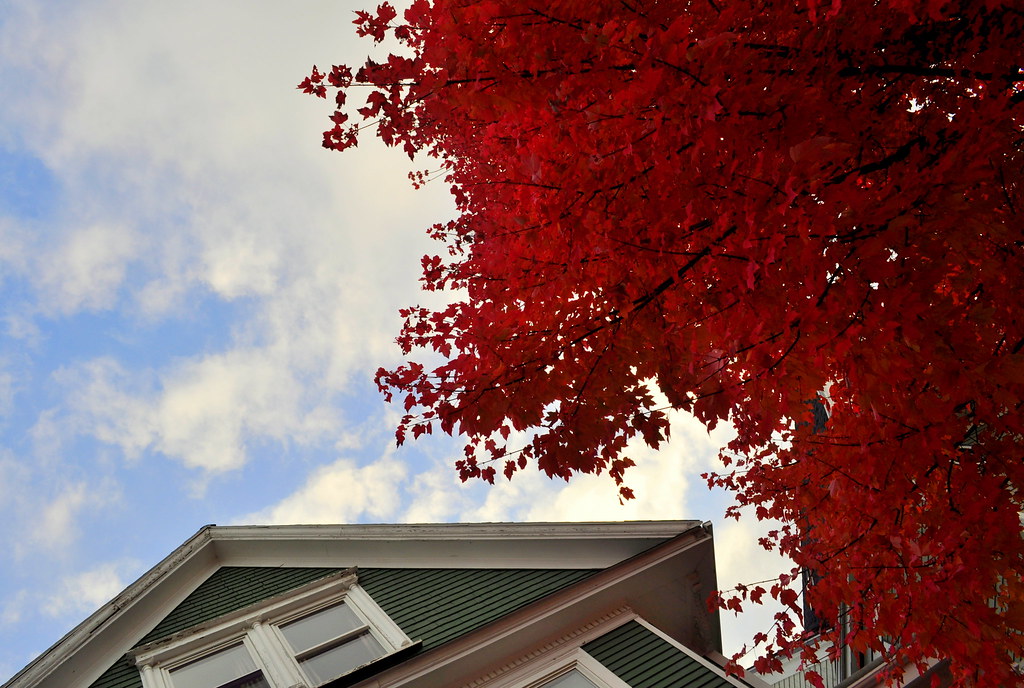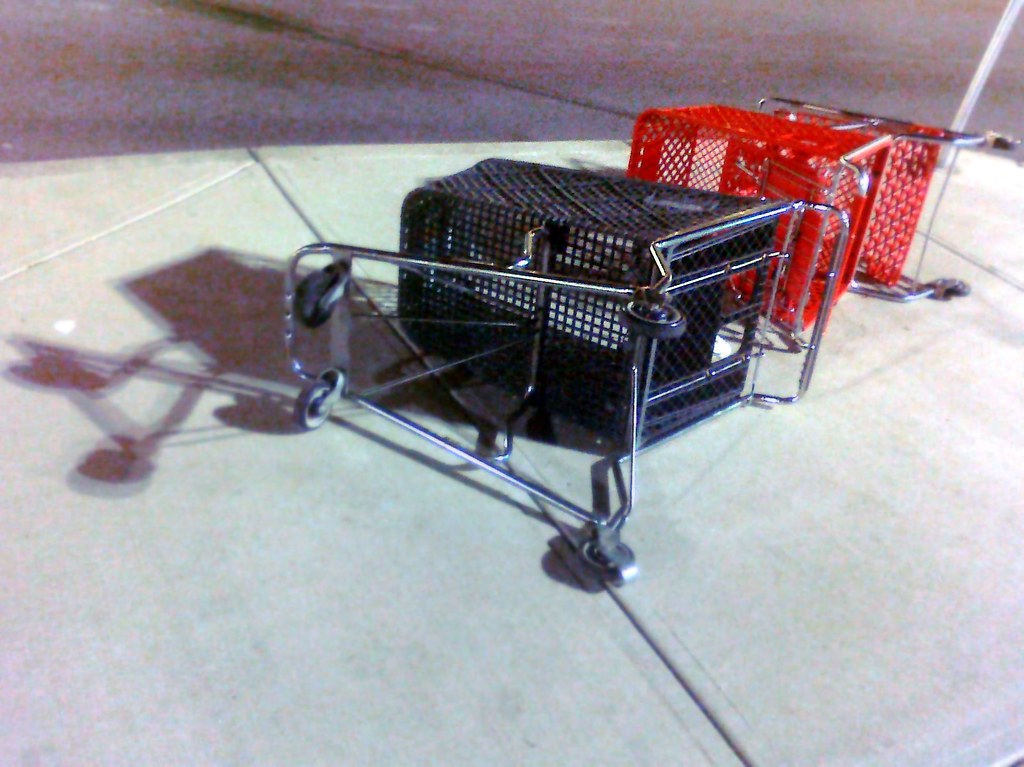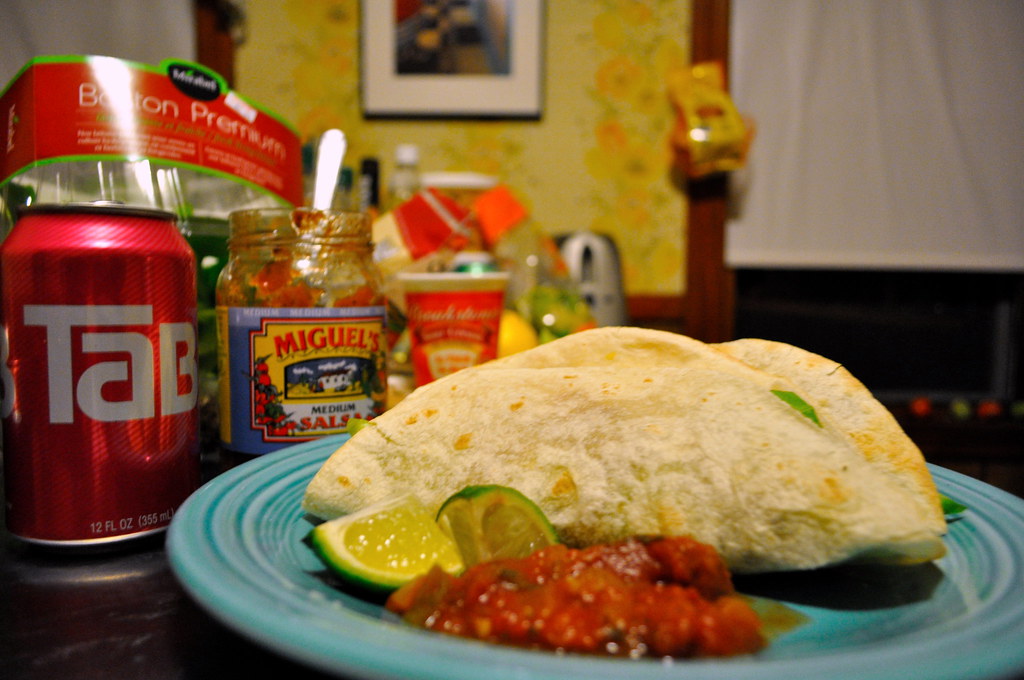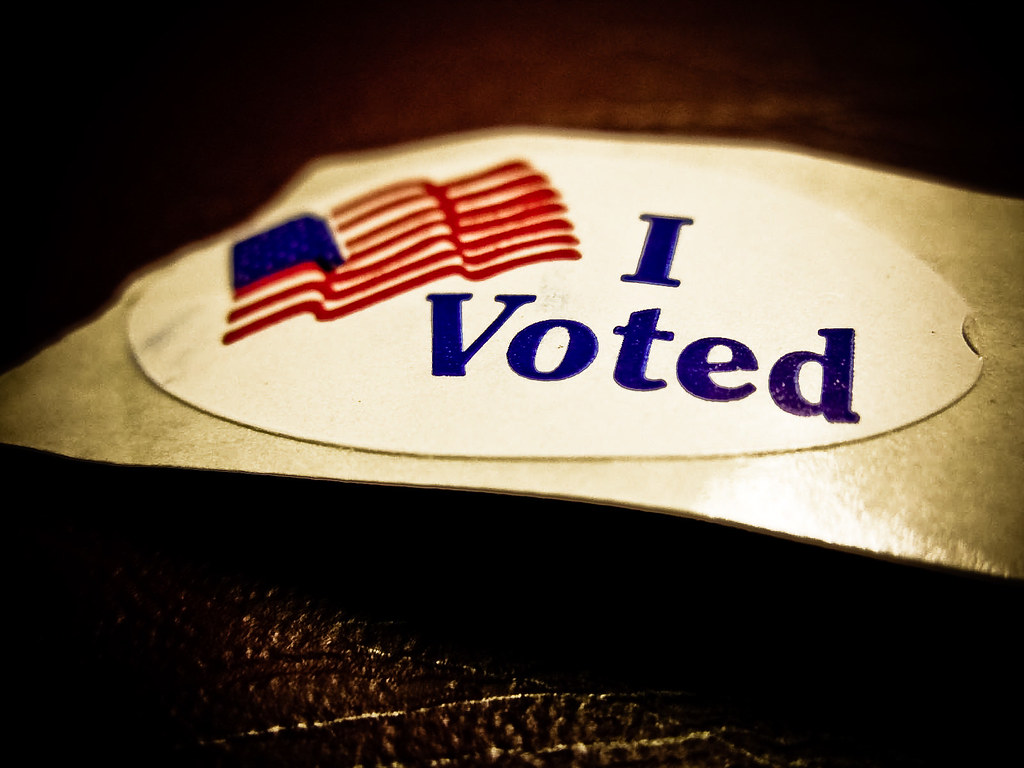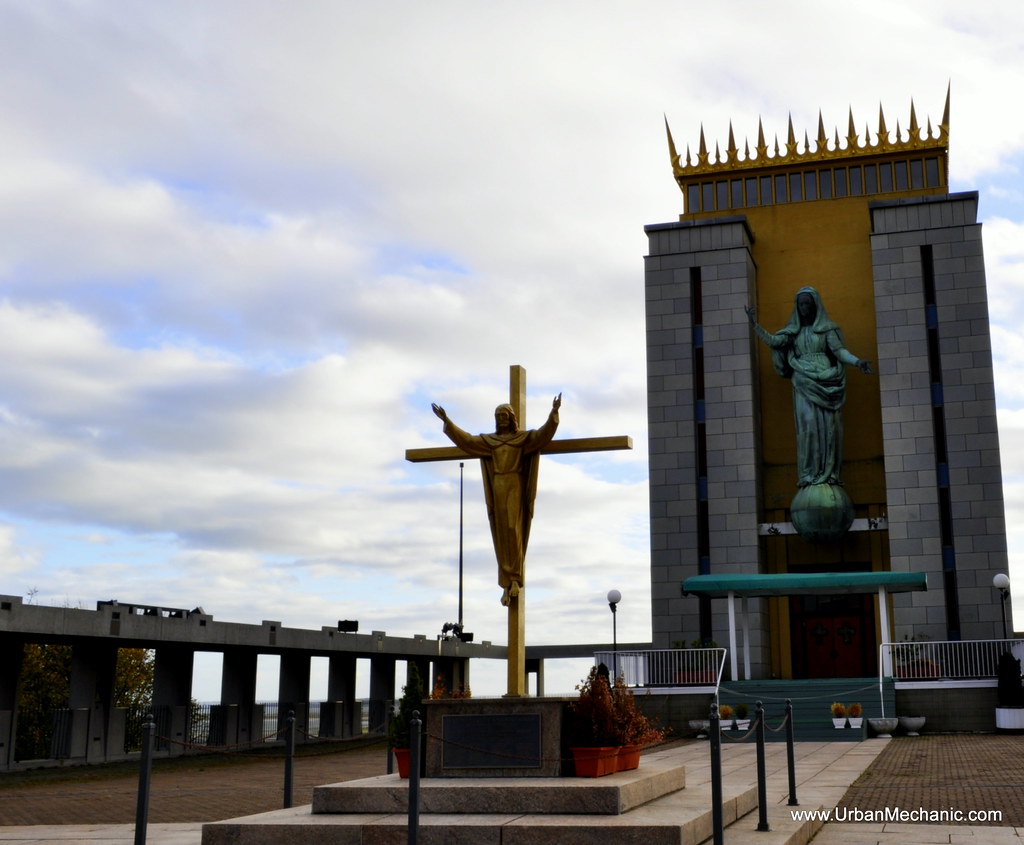This past October, Urban Mechanic had the fortune to spend a weekend on Gasparilla Island in the town of Boca Grande Florida. While the state is not generally known for its great cities or towns Boca Grande truly represents some of the best of Florida's charms. The town welcomes you with a four dollar entry toll and encourages you to leave with a toll-free exit.
The quiet but still lively town is choc full of local flavor with establishments such as the Pink Elephant Restaurant, Whidden's Marina (with an eclectic general store that even carries Tab), and the Loose Caboose; to name just a few. Not to be missed are architectural gems such as the historic Gasparilla Inn and the Boca Grande Light House. History and architecture enthusiasts should be sure to drop by the Historical Society.
Getting around most of the island is a cinch on foot, bicycle or by golf cart. In fact rentals for bicycles and golf carts are available at Hudson's the popular general store. If you ever find yourself on the isle be sure to also hit the beautiful (and not too-crowded) beaches. Perhaps take in a beautiful waterside sunset. Just remember that most of the non-drinking/eating establishments on the island close-up shop early.
See more photos from Urban Mechanic's Gasparilla Island (and Florida) ventures from this past October on Flickr.
30 November 2009
20 November 2009
17 November 2009
14 November 2009
05 November 2009
04 November 2009
Cincinnati Get's Progressive (Almost)
Yesterday saw some big wins for a city close to Urban Mechanic's heart, Cincinnati. (Boston is my beloved home, but Cincinnati is where I fell in love with cities.) Re-elected is the astitute, experienced, and practical mayor, Mark Mallory. Plus, Cincinnatians, known for bone-headed ballot initiatives (i.e. billion dollar stadiums) rejected a ballot initiative designed to kill rail transit (beyond buses) in the city. Ballot initiatives are well-known for their lamentable after-effects; just look at the state of California. The failure of this initiative may just help the city progress towards building a streetcar, commuter rail, or even regional high-speed rail (between Cincinnati, Columbus and Cleveland). Who says that saying no is just negative.
Any (or all) of these opportunities could become reality in the near future; and not-too-soon. Cincinnati, once among the nation's largest cities, has repeatedly lost-out due to its indecisiveness. It decided against establishing a stock exchange, when New York's was in its infancy and the Midwest (of which it was the center) was booming. Rail was shunned over the city's once dominant river-canal industry. Decades later the city abandoned a subway project after spending $13 million (roughly 1.3 billion in 2008 dollars) on the most expensive part; the tunnels. It instead favored highways (and still does) that motored residents and business straight out of the city along with billions upon billions of private incomes and tax dollars.*
BUT, there is great room for hope (as the title of this post suggests). The city, under the leadership of Mayor Mark Mallory (also re-elected on Tuesday), has an ambitious, but credibly realistic agenda. Finally there is a streetcar and transit plan in the works that is realistically scaled that's not too big to scare people, but is big enough to bring together players that will go to bat for it (universities, downtown employers, developers, and such). AND, after years of hard-work 3CDC, a sort of mega community development corporation for downtown and near-in neighborhoods, has a critical mass of success and has much more in the works. Just this morning, the group announced plans to preserve and renovate a historic SRO into a world-class museum-hotel. These developments join efforts underway to redevelop the city's riverfront. And after spending a billion on replacing stadiums in the late nineties, the city has been hard at work spending a billion or so on replacing public schools!
Add all of this to the city's amazing historic, architectural, culinary, cultural, and even multi-national corporate assets. What do you get? Well, you may just get a world-class city ready to claim its place on the world stage. Of course, we don't want to overstate things here. The city, which under a previous mayor eliminated its planning department, still lacks a good neighborhood community development strategy. Further, the city still lacks awareness of its amazing assets and confidence of what a few, small, but significant investments can do for it.
Take neighborhood development. Boston's Main Street Program has done wonders to bring real community development throughout the city and not just downtown; and has done so for a fraction of big-ticket pork barrel projects. The program has brought grocery stores, dry-cleaners, restaurants, shops, and services along with jobs, historic building restoration and new construction all within a walking distance to nearly all Bostonians. Cincinnati, home to the largest grocer in the Country, Kroger, still lacks an urban grocery store. The head of Kroger needs to come to Boston and see our dozens of extremely profitable and very urban (i.e. no or little parking) grocery stores.
For now, Urban Mechanic won't insist on labeling Cincinnati as progressive. After all, Mark Twain's suggestion that the city would be an ideal home during the apocalypse (because everything happens a decade later) is still considered a complement by locals. Unfortunately, its been over eight decades since the city abandoned its subway mid-construction and much more has been lost since. So no matter how realistic the current plans and developments are progress is all-too precious for this city with otherwise such amazing potential.
* According to analysis conducted by Sean P. Bender (Urban Mechanic) and utilized by Robert Manley in an open letter to then Mayor Charles Luken and head of City Planning, Elizabeth Blume, the City of Cincinnati lost at least $10 billion in tax revenues (from 1970 to 2000) related to urban renewal, excessive use of eminent domain in downtown areas, and poor zoning choices that suburbanized the city. That's enough to pay for the current streetcar proposal, at about $100 million, 100 times. Seen another way, that's enough to have paid for the original subway to actually be completed and opened (estimated in 1924 to require an additional $6 million by 500 times over what had been spent).
Photos Courtesy of 3CDC
Photos Courtesy of 3CDC
03 November 2009
Tomorrow the Race Begins...
Certainly nothing is over until the polls close at 8 pm, but lacking a political earthquake, the proverbial fat lady is warming her vocals chords in Boston. According to most polling, only two of the four at-large council seats look remotely competitive. None of the district seats are competitive. While vigorous, the contest for Mayor seems to have come down to a question of margin of victory more so than victor.
While this last round of mayoral campaigning has been more spirited it has hardly been substantive. On one side we had Menino = Good, Floon = Better? Albeit, seasoned with a few mini-scandals and certain union of public servants getting feisty. The other side, well 60% of Bostonians have met (and according polling support/like). Not that he doesn't rub a good many the wrong way it seems.
BUT, in a year of "change," none of the challengers (here at least) have been all that convincing about the change they envision, let alone their capacity to make it happen. So aside from some fresh faces on council, Boston will likely make history and extend tenure of Thomas Menino.
BUT, in a year of "change," none of the challengers (here at least) have been all that convincing about the change they envision, let alone their capacity to make it happen. So aside from some fresh faces on council, Boston will likely make history and extend tenure of Thomas Menino.
Urban Mechanic (no relation to Mayor Thomas Menino) bets the real race begins after today. Legacy building for some? Vying for 2013 for others? The question is, what ideas will come forth? What dialog will take place, and whom will it include?
How do we fix urban schools? Even with its progress over the past decade, the system, like any other large system in the country fails too many. What about youth jobs?
With the Big Dig behind us, what potential is there to really think about transit and transportation in the city? Boston may have built the country's first subway, but other cities such as Denver, Portland, and even LA are taking ambitious steps towards investing in and building transit not just commuter rail, but urban transit while we languish over half-finished BRT lines that aren't really all that "rapid."
How about someone looking at Greater Boston? While we're not likely to erase century's-old boundaries are there ways the more built-up areas like Boston, Cambridge, Somerville, Brookline and the remains of Suffolk (that isn't Boston) could leverage their weight with ideas such as cost-sharing or with the legislature or even abroad?
What about rethinking zoning, with 21st century industry, residential, commercial, and common considerations? How could the city turn its massive stock of schools, community centers, and other public facilities into 21st century public assets but green assets?
Should Boston (or the Commonwealth for that matter) have professional legislators (city councilors) or citizen servants? What about local campaign finance reform? Where does civic engagement really meet political engagement in Boston?
These are the questions, and so many more, that Urban Mechanic hopes to see come front and center starting tomorrow and beyond towards 2013. There are bold, innovative ideas percolating out there that need to come forth. The get elected, and your in for life system might not change (at least any time soon) here in the MA, but now's the time to focus on who will be elected next.
With the Big Dig behind us, what potential is there to really think about transit and transportation in the city? Boston may have built the country's first subway, but other cities such as Denver, Portland, and even LA are taking ambitious steps towards investing in and building transit not just commuter rail, but urban transit while we languish over half-finished BRT lines that aren't really all that "rapid."
How about someone looking at Greater Boston? While we're not likely to erase century's-old boundaries are there ways the more built-up areas like Boston, Cambridge, Somerville, Brookline and the remains of Suffolk (that isn't Boston) could leverage their weight with ideas such as cost-sharing or with the legislature or even abroad?
What about rethinking zoning, with 21st century industry, residential, commercial, and common considerations? How could the city turn its massive stock of schools, community centers, and other public facilities into 21st century public assets but green assets?
Should Boston (or the Commonwealth for that matter) have professional legislators (city councilors) or citizen servants? What about local campaign finance reform? Where does civic engagement really meet political engagement in Boston?
These are the questions, and so many more, that Urban Mechanic hopes to see come front and center starting tomorrow and beyond towards 2013. There are bold, innovative ideas percolating out there that need to come forth. The get elected, and your in for life system might not change (at least any time soon) here in the MA, but now's the time to focus on who will be elected next.
Labels:
Boston,
City Council,
elections,
Mayor,
vote
02 November 2009
Lobstah Rolls and Aeroplanes
What's the most interesting thing you might imagine finding within a couple hundred yards of runways 4R and 4L at Logan?
Belle Isle Seafood; of course! This joint, sandwiched between the Belle Isle Marsh and situated on a neck of land just feet from the East Boston-Winthrop line, and just hundreds of yards across the water from Logan, defines "no-frills." But after all, you don't go to Belle Isle Seafood for the decor and ambiance...
...unless your idea of ambiance involves chain link, billboards, various dockside smells, and the frequent hum of planes landing. That said, you'll be hard-pressed to find a vacant curbside parking spot within a hundred yards on a good many days. Locals, and the enlightened foodie alike know that this is the place to get fresh seafood of all sorts or to enjoy a hearty lobster roll that leaves out the "recipe twists" and piles-on the lobster.
Urban Mechanic (a former Eastie denizen) can't make the trek through the tunnels enough to get his fill of seafood; or other culinary delights to be found throughout Eastie! While locals may not give much thought to the ignorance of their fellow Hubsters on the mainland, any half-serious, self-respecting foodie in Boston should pay serious attention to this neighborhood. Seriously!
Without giving more than a moment's thought, Urban Mechanic also recommends checking out eateries such as Dough Pizza, Restaurante Montecristo Angela's Cafe, Rino's Place, Santarpio's Pizza, 303 Cafe, and the delightful It's Slush Time Again! (summer) served from a window (and not the drive through sort either). The Hubster Blog provides a good deal of coverage to the food and life and Eastie for those interested in digging further!
Oh...if you make it over to Eastie, don't just dash to dinner and back. Take your time, perhaps enjoy the several beautiful waterfront parks. The place has some great history to take in, and amazing cultural life today.
A recent visit to the Belle Isle Seafood also led to a venture through Orient Heights. The sights from the plaza of the Madonna Queen of the Universe Shrine are great! Plus, the 1950's complex is itself worth a visit it for architectural geeks. Think early 1950's modernism!
Subscribe to:
Posts (Atom)
